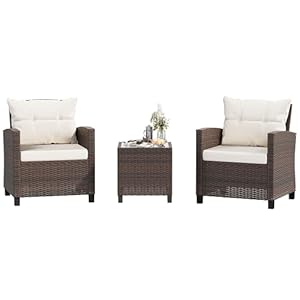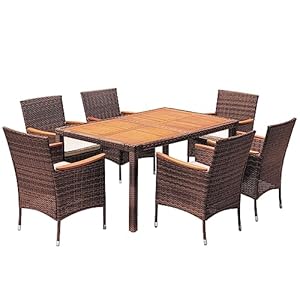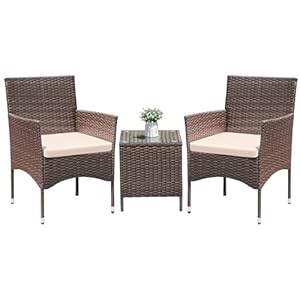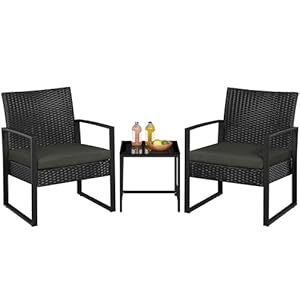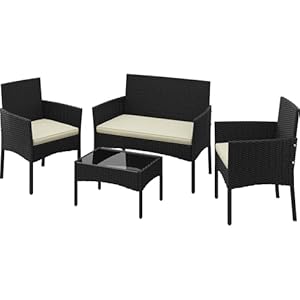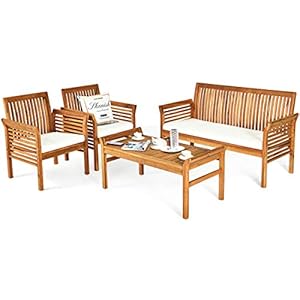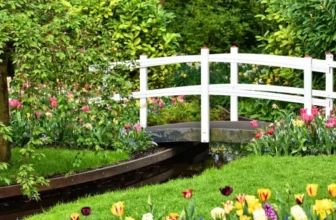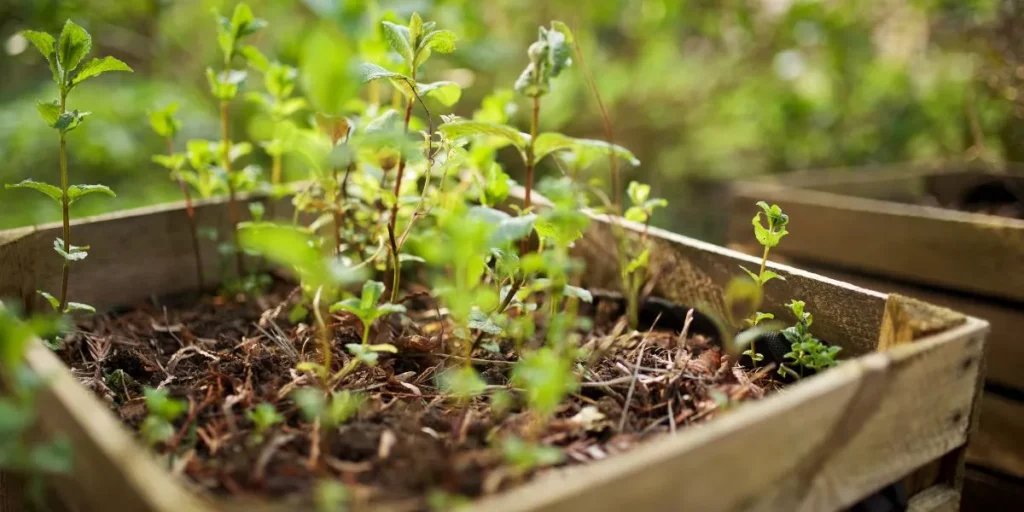
When it comes to childproofing raised garden beds, ensuring a safe environment for little gardeners is paramount. From sturdy materials for bed edges to protective fencing, there are key steps you can take to create a secure space for kids to explore and learn in the garden. However, there are a few more strategies you might not have considered yet that can make a significant difference in enhancing the safety and enjoyment of your raised garden beds.
Secure Raised Bed Edges
To prevent accidents, reinforce the edges of your raised garden beds with sturdy materials. By securing the edges properly, you can ensure the safety of your children and protect your plants from accidental damage. Start by choosing materials like thick wooden boards or metal edging that can withstand pressure and won’t easily break or splinter.
These materials will provide a strong barrier around the perimeter of your raised beds, reducing the risk of trips or falls that could lead to injuries.
When securing the edges, make sure to install the materials securely into the ground to create a stable and reliable border. Avoid using materials that are sharp, unstable, or easily dislodged. Check regularly for any signs of wear or damage, and promptly repair or replace any compromised sections to maintain the integrity of the edge protection.
Taking the time to reinforce the edges of your raised garden beds will give you peace of mind knowing that your children can play safely around the garden without the risk of accidents.
Choose Child-Safe Materials
When selecting materials for childproofing raised garden beds, prioritize options that are safe and durable to ensure the protection of your children and plants. Opt for untreated wood such as cedar or redwood, as they’re natural choices that are less likely to contain harmful chemicals. Avoid using pressure-treated wood, which can leach chemicals into the soil over time. Additionally, consider composite materials made from recycled plastics and wood fibers, which are sturdy and long-lasting.
For a more modern look, metal raised garden beds are another child-safe option. Look for galvanized steel or aluminum, as they’re rust-resistant and don’t pose any health risks. Plastic garden beds are lightweight, easy to clean, and come in various colors, but make sure to choose food-safe, BPA-free options. Whichever material you choose, ensure that it’s smooth and free of sharp edges to prevent any injuries to your children. By selecting child-safe materials, you can create a secure and enjoyable gardening space for your family.
Install Protective Fencing
Consider incorporating protective fencing around your raised garden beds to safeguard both your children and your plants.
Installing fencing around your garden beds can help prevent children from trampling on delicate plants or digging up the soil. Choose a sturdy material like metal or durable plastic that’s tall enough to deter little ones from climbing over. Make sure the fencing has small enough gaps that children can’t get their hands through to grab plants or soil. Secure the fencing firmly into the ground to prevent it from being easily pushed over.
Additionally, opt for fencing with rounded or blunt edges to minimize the risk of injuries if children accidentally bump into it while playing. By adding this protective barrier, you create a physical boundary that helps keep your children safe while also protecting your garden from unintended damage.
Teach Garden Safety Practices
To ensure the safety of both your children and the plants in your raised garden beds, educating them on proper garden safety practices is imperative.
Start by explaining the importance of wearing sturdy shoes to protect their feet from potential injuries like stepping on sharp tools or thorns. Teach them to use age-appropriate tools and demonstrate how to handle them safely, emphasizing the importance of always asking for help when unsure.
Instruct them on how to properly lift and carry bags of soil or heavy pots to prevent strains or accidents. Show them how to identify and avoid poisonous plants that may be harmful if touched or ingested.
Emphasize the significance of washing hands thoroughly after gardening to prevent the spread of dirt and germs. By instilling these garden safety practices in your children, you not only protect them from harm but also foster a love for gardening in a secure and nurturing environment.
Garden

